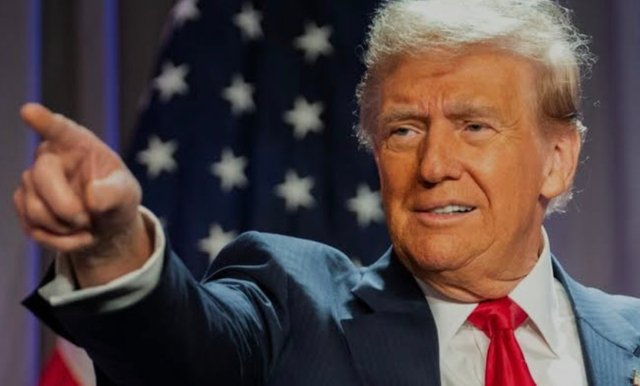Donald Trump’s Trade War Against China: Origins, Impacts, and Potential Solutions

Election Promises: The Fight Against "Unfair" Practices
During his 2016 presidential campaign, Donald Trump capitalised on the discontent of voters in industrial states hit by globalisation, pledging to "bring jobs back" to the US. He accused China of "unfair" trade practices, such as state subsidies to companies, intellectual property theft, and currency manipulation. Trump argued that the US’s multi-billion-dollar trade deficit with China was proof of exploitation, vowing to tax Chinese goods and renegotiate deals. His "America First" rhetoric resonated as a call for protectionism, attracting support from workers and threatened industries.
Imposed Tariffs: Escalation and Retaliation
In March 2018, Trump announced tariffs of 25% on steel and 10% on aluminium, citing "national security". China retaliated with duties on American agricultural products, such as soybeans. The war escalated: by July, the US imposed tariffs on $34 billion of Chinese goods, expanding to $200 billion by 2019. Beijing responded with levies on $60 billion. The conflict hit sectors like technology, with restrictions on companies such as Huawei. According to the IMF, the tariffs reduced global GDP by 0.8% by 2020. American farmers lost markets, and consumers faced higher prices.
What Would Be the Best Solution? Dialogue and Multilateralism
Experts argue that the ideal solution involves abandoning unilateral measures and resuming multilateral negotiations, preferably mediated by the World Trade Organisation (WTO). Establishing clear rules against state subsidies and forced technology transfers could balance the dispute. Additionally, cooperation in areas like AI regulation and emissions reduction would build trust. Tariffs should be phased out gradually, with compensation for affected sectors. To prevent renewed escalation, the US and China must prioritise strategic dialogue, recognising that an interconnected global economy demands cooperation, not confrontation.